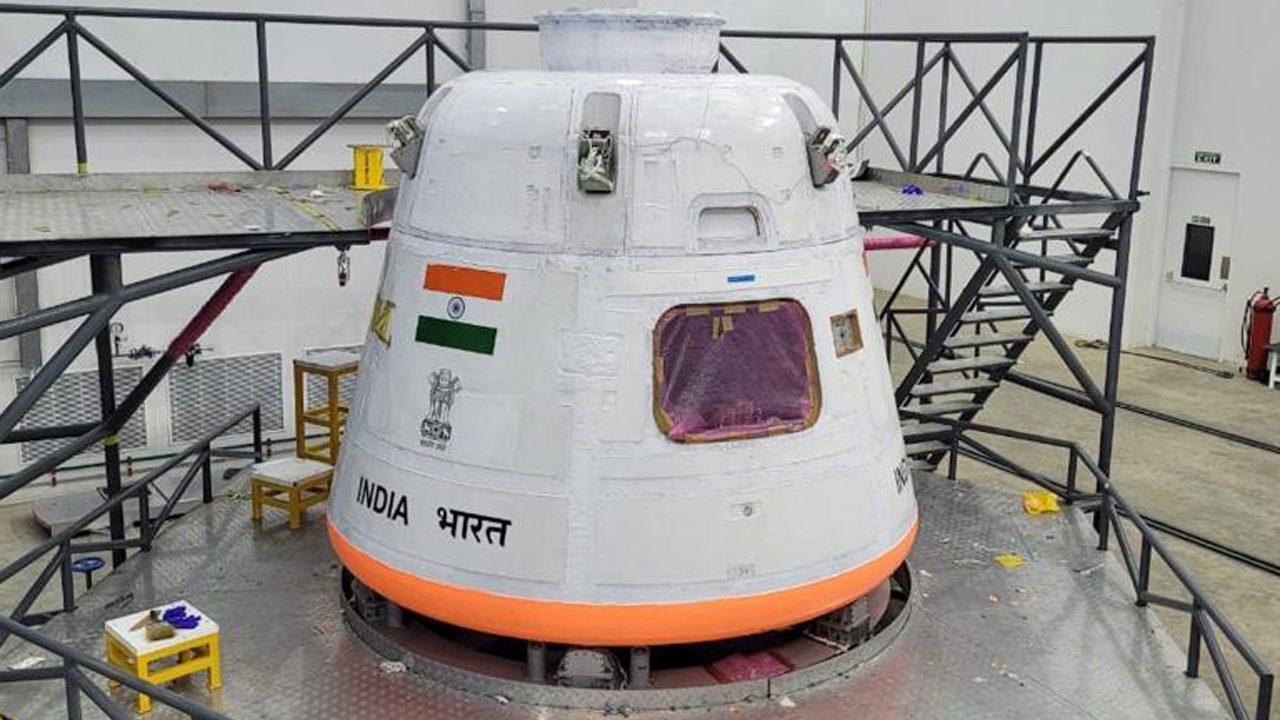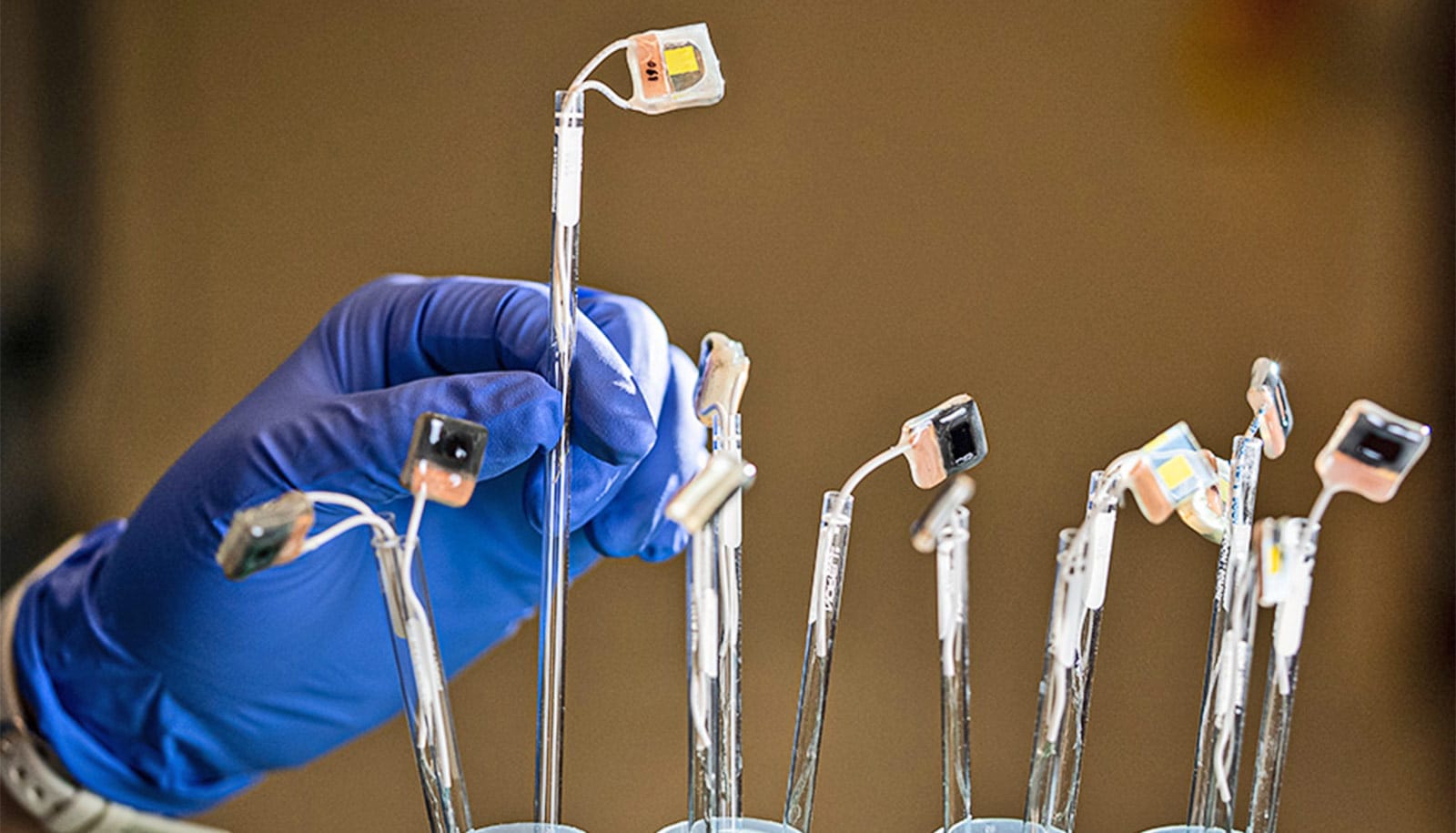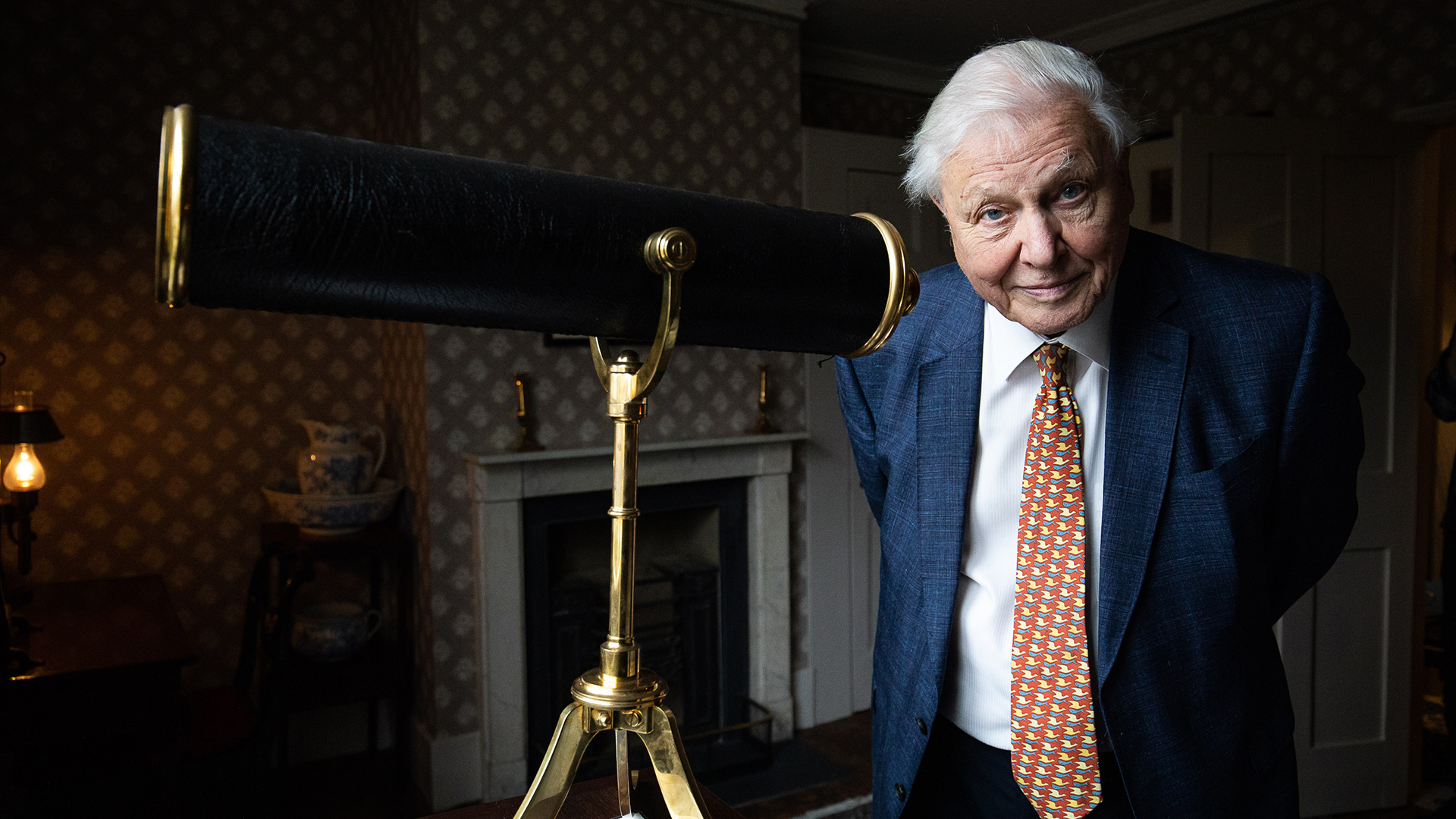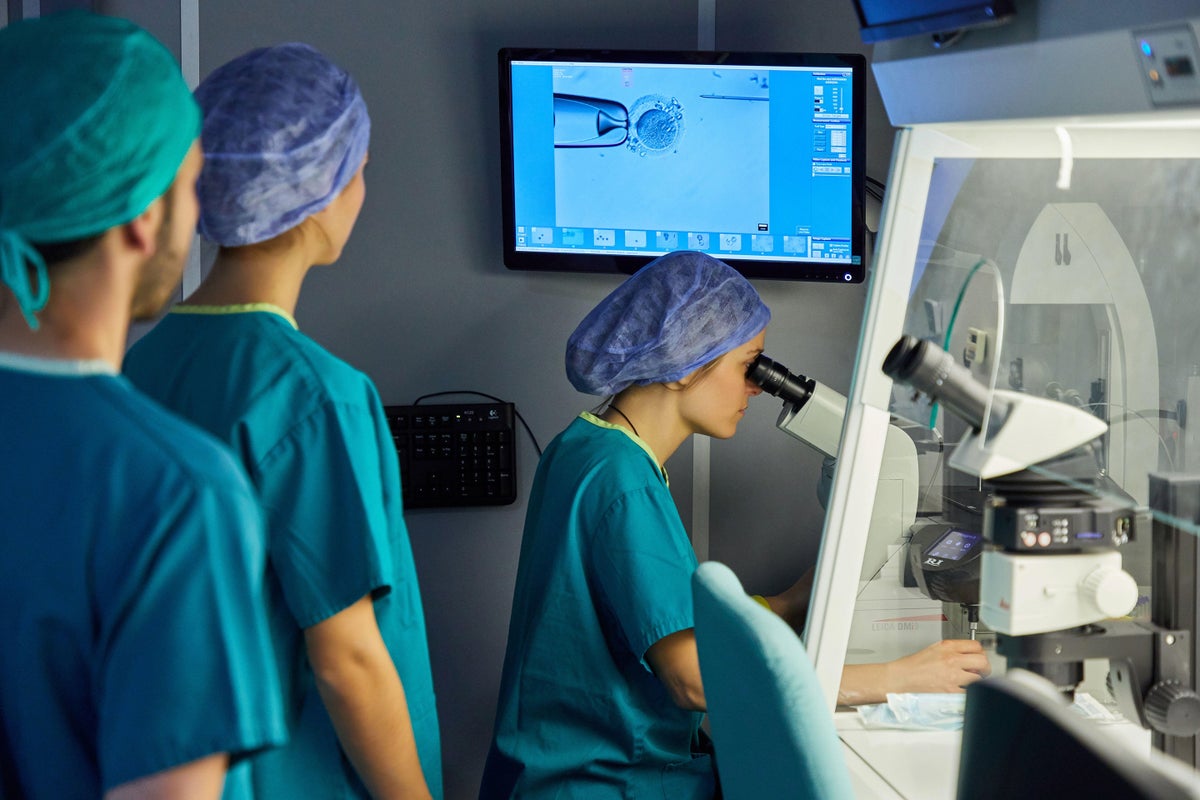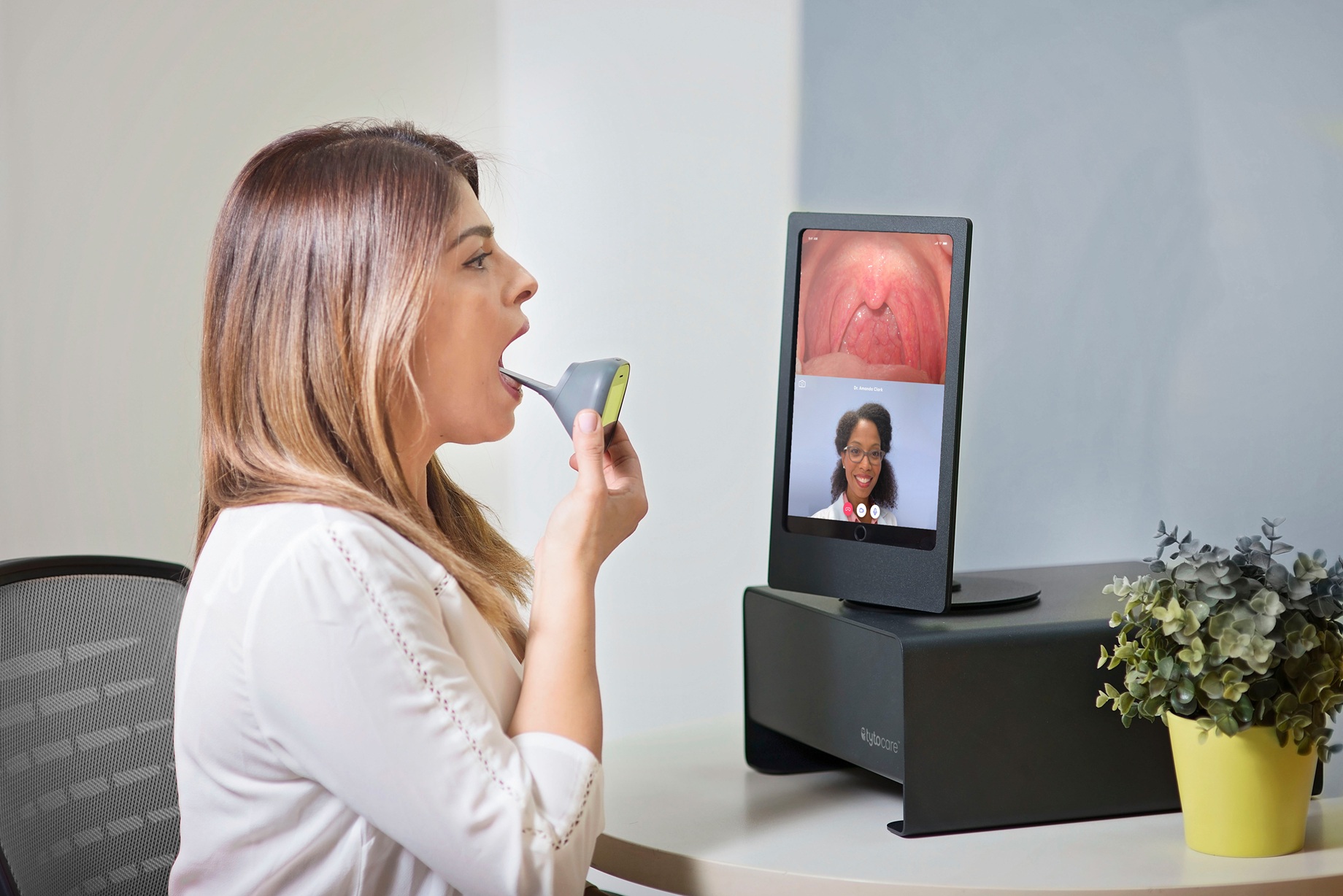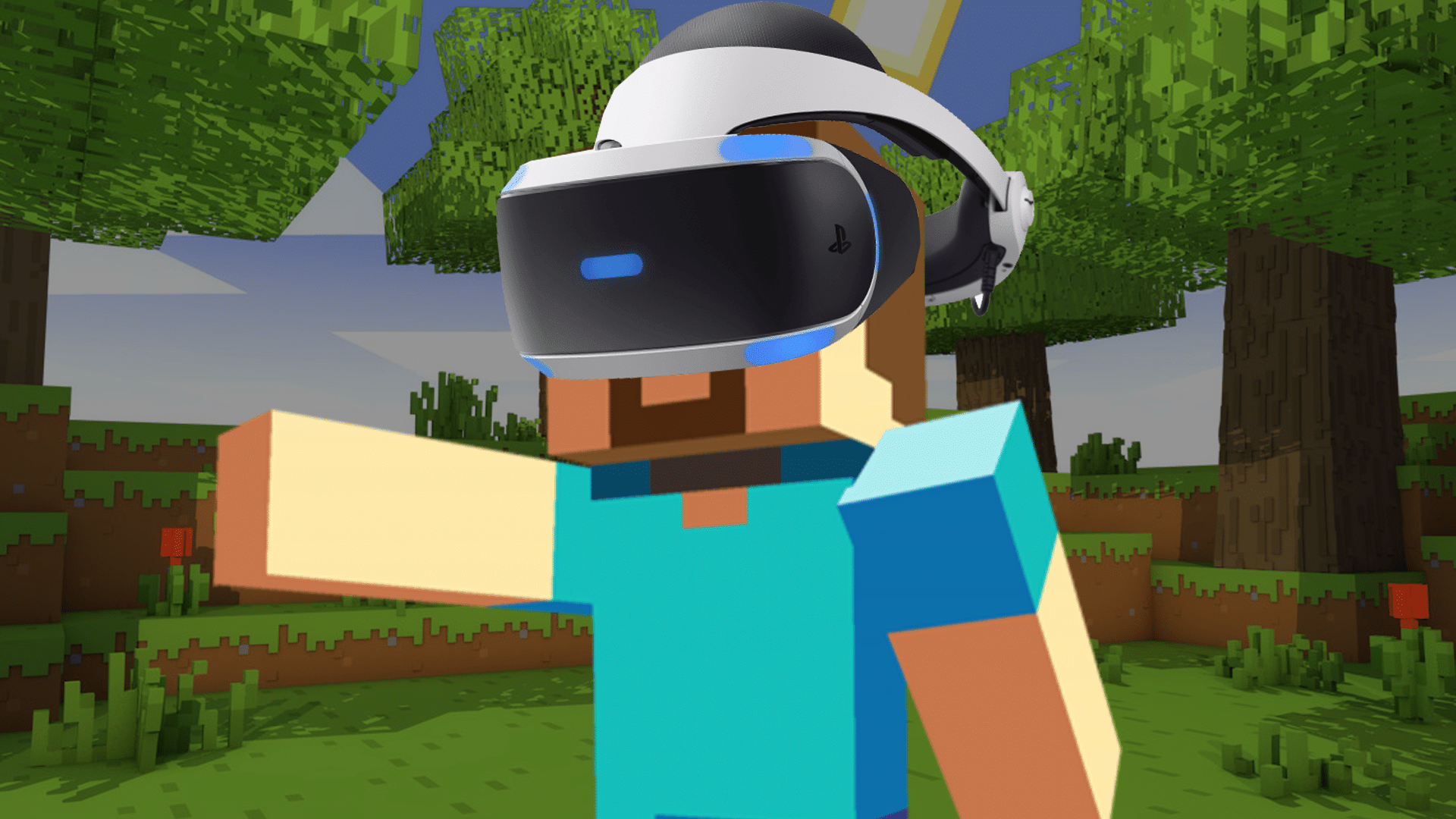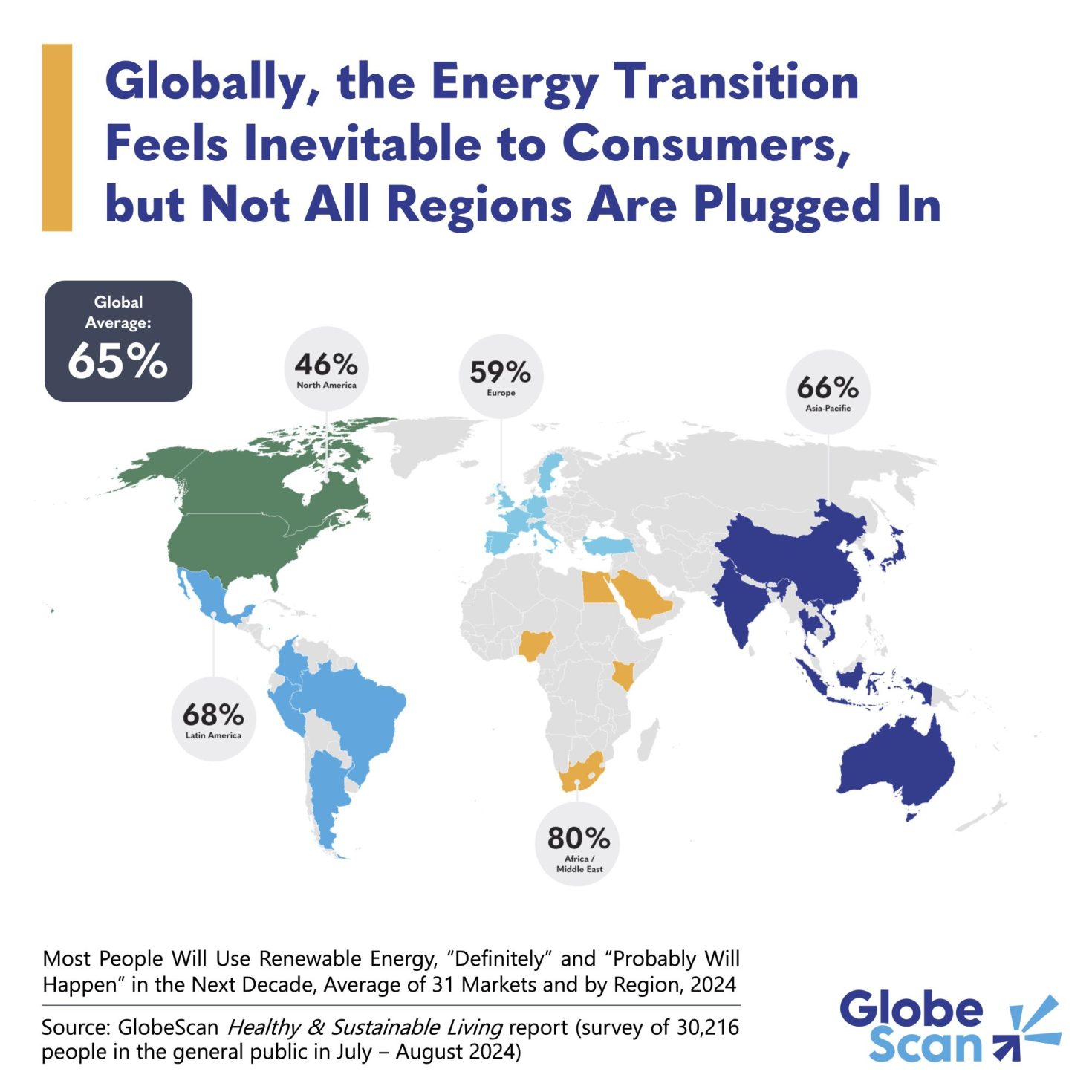Shaping the Future of Sleep Apnea Diagnostics: Enhancing Accessibility and Comfort with Wearables
Sleep is essential, yet millions worldwide unknowingly suffer from sleep disorders, especially Obstructive Sleep Apnea (OSA), which contributes to up to 40 severe health complications like cardiovascular disease, chronic fatigue, and reduced quality of life. Despite its impact, diagnosing OSA remains a challenge due to its high costs, limited access to specialized facilities, and patient ... Read More


Sleep is essential, yet millions worldwide unknowingly suffer from sleep disorders, especially Obstructive Sleep Apnea (OSA), which contributes to up to 40 severe health complications like cardiovascular disease, chronic fatigue, and reduced quality of life. Despite its impact, diagnosing OSA remains a challenge due to its high costs, limited access to specialized facilities, and patient discomfort towards traditional sleep studies.
Fortunately, advancements in non-invasive, Bluetooth®-enabled wearable medical devices and Cardiopulmonary Coupling (CPC) technology are revolutionizing sleep diagnostics, making it easier, cost-effective, and more comfortable for patients to receive timely diagnoses and care. These innovations are redefining the landscape of sleep medicine, particularly in underserved and rural populations, while also improving the overall efficiency of healthcare systems.
The Challenges of Traditional OSA Diagnostics
Traditionally, the diagnosis of OSA has relied on Polysomnography (PSG), which is the gold standard for sleep studies. PSG involves an overnight stay in a specialized sleep lab where patients are monitored for a range of physiological signals such as brain activity, eye movement, oxygen levels, and heart rate. While PSG is highly accurate, it’s expensive. Costs can range anywhere from $2,000 to $6,000, depending on the facility and insurance coverage.
Beyond the high financial burden, patients also face the inconvenience of traveling to sleep clinics, which can be particularly difficult for those living with mobility restriction or remote areas. Moreover, the PSG process can be uncomfortable— patients must sleep with electrodes, wires, and sensors attached to their bodies, which can lead to poor sleep quality and reduced compliance with the testing process.
Bluetooth®-Enabled Wearable Technology: A Game Changer
Wearable medical devices are transforming how several conditions are monitored and diagnosed, particularly sleep apnea. Devices such as wristbands, rings, and patches are designed to track vital physiological parameters, including oxygen saturation, heart rate, and respiratory rate. By transmitting this data via Bluetooth® to mobile apps or cloud platforms for analysis, patients are now able to undergo sleep diagnostics in the comfort of their own homes. This technology reduces diagnostic costs and offers a more patient-friendly approach. The broad adoption of high-quality wearable technology is rapidly improving OSA diagnosis, streamlining treatment, lowering costs, and enhancing patient compliance.
Cost Efficiency of Wearable Diagnostics
Home-based sleep apnea tests using wearable technology typically cost between $30 and $800, significantly less than the $3,000 or more charged for in-lab polysomnography (PSG). This substantial cost reduction has a profound impact, particularly for those who are uninsured or underinsured. Furthermore, wearable technology offers the potential to reduce long-term healthcare costs by enabling early detection and treatment of sleep apnea, thereby decreasing the risk of associated health complications.
Research from Sleep Health indicates that untreated sleep apnea leads to increased healthcare utilization, with costs 50% higher than those for patients who receive early diagnosis and treatment. By enabling early detection through wearables, the risk of severe complications is reduced, alleviating the financial burden on both patients and healthcare systems.
Improving Accessibility for Rural and Underserved Communities
One of the most significant advantages of wearable devices is their ability to improve the accessibility of healthcare. By enabling remote diagnosis, these devices eliminate the need for patients to travel to specialized centers, making diagnostics accessible to those living in areas with few to no specialists and limited resources.
This is crucial, particularly for individuals with mobility challenges or those lacking access to transportation. Wearables facilitate the collection of accurate health data from home, saving both time and funds while ensuring that patients receive the necessary care.
Enhancing Patient Comfort and Compliance
The fear of CPAP therapy is one of the main reasons why many patients avoid seeking a diagnosis altogether. It’s uncomfortable, and many struggle with its requirement for lifelong use.
Bluetooth®-enabled wearable devices offer a stark contrast, as they are designed to be lightweight, non-invasive, and minimally restrictive, making them far more comfortable for patients to wear while they sleep. This user-friendly design increases the likelihood that individuals will complete testing due to its convenience, ultimately improving compliance rates. The diagnosis can later be complemented with non-invasive treatments, such as oral appliance therapy.
Studies have shown that wearable home sleep apnea tests (HSATs) offer diagnostic accuracy comparable to traditional PSG, while also leading to greater patient satisfaction. These findings suggest that wearable HSATs are not only a reliable diagnostic tool but also a preferred option for many patients.
The Role of AI in Advancing Diagnostic Accuracy
Bluetooth®-enabled wearable devices are further enhanced by artificial intelligence (AI) and machine learning algorithms. These technologies analyze the data collected by the wearables to detect patterns indicative of sleep disorders, including OSA. The algorithms improve over time as they process more data, leading to higher accuracy and reliability in diagnoses.
AI-powered wearable devices that evaluate pulse oximetry data are significantly enhancing the accuracy of sleep disorder diagnoses. These devices generate comprehensive sleep quality indices, improving diagnostic precision while also monitoring treatment efficacy. By analyzing data in real-time, these systems help healthcare providers track patient progress, identify potential complications, and intervene early when necessary. This advanced technology aids in the early detection of conditions, such as atrial fibrillation, that may arise alongside sleep disorders.
The Role of Cardiopulmonary Coupling (CPC) Technology
Beyond wearables, CPC technology introduces another innovative approach to sleep diagnostics. CPC technology works by analyzing the interaction between heart rate variability (HRV) and respiratory patterns during sleep. By assessing the coupling between these two systems, CPC can generate a detailed sleep quality index, identifying potential sleep disturbances. Unlike PSG, which requires patients to stay overnight in a sleep lab, CPC technology can be used at home, offering a non-invasive, comfortable, and accurate alternative for diagnosing sleep disorders.
CPC technology continuously monitors heart rate and respiratory signals throughout the night, providing a more convenient diagnostic tool for patients. Studies have shown that CPC technology can achieve diagnostic accuracy comparable to PSG, up to 98%, making it a viable option for at-home sleep apnea testing.
Integrating CPC Technology with Telemedicine
When combined with telemedicine, CPC technology can significantly enhance the accessibility and efficiency of sleep disorder diagnostics. Telemedicine platforms allow healthcare providers to remotely monitor patients’ data, enabling them to diagnose and treat sleep disorders without requiring in-person visits.
For individuals who struggle to access care, telemedicine ensures that sleep disorders are no longer overlooked, enabling real-time attention from healthcare providers. This integration ensures a seamless diagnostic process, more efficient treatment and reduced wait times.
The Future of OSA Diagnostics
As wearable devices and CPC technology continue to evolve, the future of OSA diagnostics looks promising. Advances in sensor technology, AI, and data analytics will further enhance the accuracy and affordability of these tools.
With more individuals diagnosed through these innovations, healthcare systems will be better equipped to manage OSA at an early stage, improving overall health outcomes and reducing the economic burden of untreated conditions. The integration of telemedicine could also foster a more inclusive, patient-centered approach to healthcare, offering life-saving diagnostics and treatments to populations that have long been underserved.
Revolutionizing Sleep Apnea Diagnosis
The shift from costly, inconvenient sleep studies to wearable, AI-powered diagnostics marks a turning point in the diagnosis and management of Obstructive Sleep Apnea. These innovations are breaking down long-standing barriers related to cost, accessibility, and patient comfort, making early detection and treatment easier and more effective. With AI-powered diagnostics and telemedicine, sleep care is becoming more streamlined and patient-centric. The use of high-quality wearable tech is doing more to get patients diagnosed than traditional methods ever could. As these technologies continue to evolve, they will undoubtedly play a crucial role in transforming care delivery and improving the health outcomes for millions of patients around the world.
About R. Kirk Huntsman, Chairman and CEO, Co-Founder
R. Kirk Huntsman, Chairman, CEO, and Co-founder of Vivos Therapeutics, is a seasoned leader in dental and healthcare technology. He has founded and led multiple successful companies, including Vivos, pioneering advancements in sleep medicine and driving industry innovation.




































